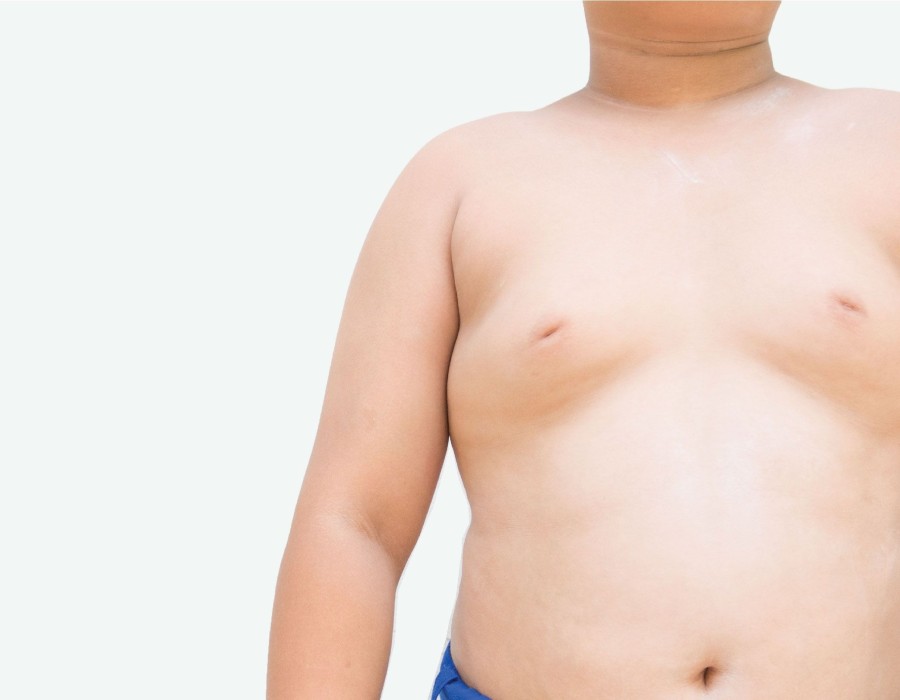Gynecomastia, the enlargement of male breast tissue, is a condition that affects men of all ages and backgrounds. It can cause emotional distress, lower self-esteem, and lead to self-consciousness about body image. While the condition is often harmless, many men in Dubai are eager to know how long it lasts and whether it will go away on its own or require treatment. Understanding the timeline and underlying causes of gynecomastia helps individuals make informed decisions about managing their condition effectively, especially when it comes to the duration and long-term results of Gynecomastia in Dubai.
Understanding What Gynecomastia Really Is
Gynecomastia occurs when there’s an imbalance between estrogen and testosterone in the male body. When estrogen levels rise or testosterone levels drop, glandular breast tissue can grow, leading to a noticeable swelling or firmness under the nipples. This condition is not related to fat accumulation but rather to actual breast tissue growth. It can affect one or both sides of the chest and might be accompanied by tenderness or mild discomfort.
In many cases, gynecomastia develops during puberty and tends to resolve on its own within a few months to a couple of years. However, when it appears in adults, it may persist longer due to hormonal changes, certain medications, or underlying health conditions.
How Long Does Gynecomastia Last Naturally?
The duration of gynecomastia largely depends on its cause. For adolescents, the condition is often temporary. As hormone levels stabilize after puberty, the excess breast tissue usually diminishes naturally within six months to two years. In contrast, adult gynecomastia can last much longer and may not resolve without intervention.
When gynecomastia is linked to medication or steroid use, discontinuing the substance may help the chest return to its normal appearance within several months. However, if the breast tissue has become fibrous or hardened, natural resolution becomes less likely, and professional treatment might be required to achieve long-term improvement.
Temporary vs. Persistent Gynecomastia
It’s important to differentiate between temporary gynecomastia and persistent cases. Temporary gynecomastia can arise from short-term hormone fluctuations, weight gain, or specific drug use. Once the trigger is removed, the symptoms often subside. Persistent gynecomastia, however, may result from chronic hormonal imbalance, genetics, or prolonged exposure to certain substances. This type does not typically resolve on its own and tends to remain stable over time.
Factors That Influence the Duration of Gynecomastia
Several factors determine how long gynecomastia lasts, including:
- Age: Younger men tend to experience shorter durations since hormonal balance often stabilizes naturally.
- Hormone Levels: Persistent hormonal imbalance can prolong the condition.
- Lifestyle Habits: Alcohol, anabolic steroids, and certain drugs can worsen or extend gynecomastia.
- Underlying Health Conditions: Issues such as liver or thyroid disorders can affect hormone regulation, influencing how long the condition lasts.
- Weight Changes: While gynecomastia is not caused by fat, weight gain can make the chest appear more enlarged, masking any improvements.
By identifying and addressing these factors, men can often shorten the duration and severity of the condition.
Can Gynecomastia Go Away On Its Own?
In many mild cases, especially in adolescents, gynecomastia can disappear without treatment. Once hormone levels balance, the body naturally reduces excess glandular tissue. However, for adult men, this self-resolution is less common. When the tissue becomes dense or fibrotic, the condition tends to remain stable over the years. In such situations, lifestyle adjustments and professional evaluation may be necessary to determine the next steps.
Lifestyle and Management Approaches
Managing gynecomastia involves a combination of patience and lifestyle awareness. Reducing alcohol consumption, avoiding anabolic steroids, maintaining a healthy diet, and staying active can all contribute to better hormonal balance. For men whose condition persists, medical evaluation can help identify the cause and recommend an appropriate management strategy. Early intervention not only prevents further tissue growth but also improves confidence and comfort in everyday life.

Emotional Impact and Recovery Outlook
Beyond its physical effects, gynecomastia can significantly impact self-esteem. Men may avoid fitted clothing, physical activities, or social situations due to embarrassment. Understanding that the condition is common and treatable is the first step toward emotional recovery. Many individuals in Dubai find reassurance in knowing that modern techniques and personalized care options are available to restore a natural chest contour with long-lasting results.
The recovery timeline varies depending on how long the condition has been present and the individual’s body response. Whether managed naturally or through treatment, most men notice a steady improvement over time. The key is to remain consistent with healthy habits and stay informed about available options.
How Long Do Results Last After Treatment?
Once the underlying cause of gynecomastia is addressed and excess glandular tissue is reduced, the results are typically permanent. However, maintaining these results requires a balanced lifestyle. Hormonal imbalances, steroid use, or significant weight fluctuations can lead to recurrence. Therefore, continued self-care and awareness play a vital role in long-term success.
Final Thoughts
Gynecomastia can last anywhere from a few months to several years depending on its cause, age of onset, and lifestyle factors. While mild cases may resolve naturally, persistent ones may require professional care to achieve lasting improvement. With proper management and lifestyle changes, most men can enjoy a flatter, more masculine chest and improved confidence. Understanding the nature and duration of Gynecomastia Dubai helps individuals take control of their health journey and find solutions that restore both physical and emotional well-being.





Comments